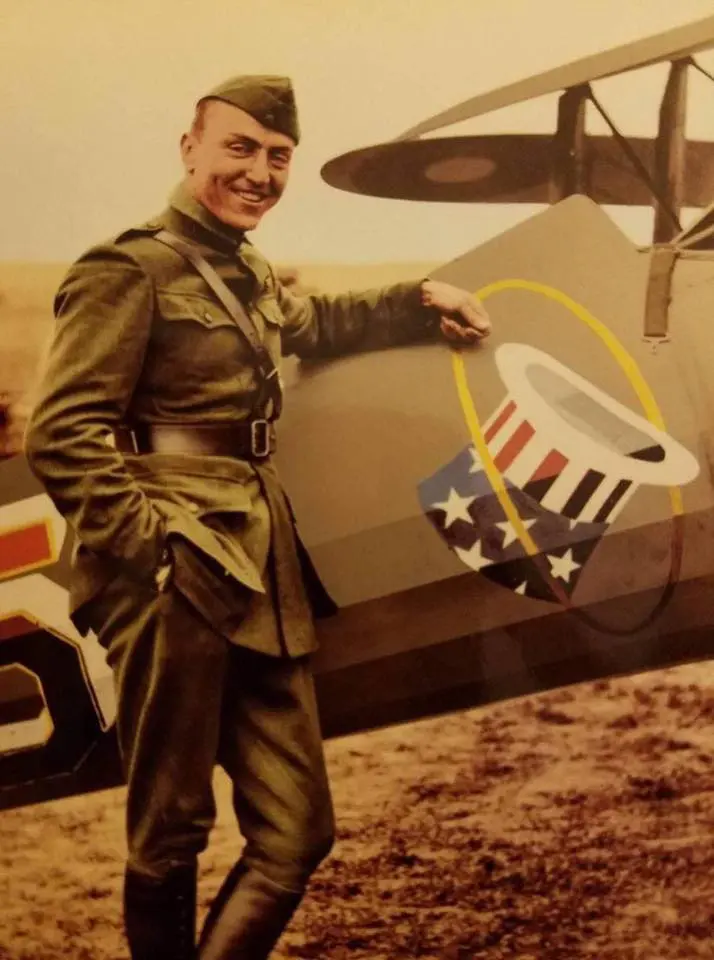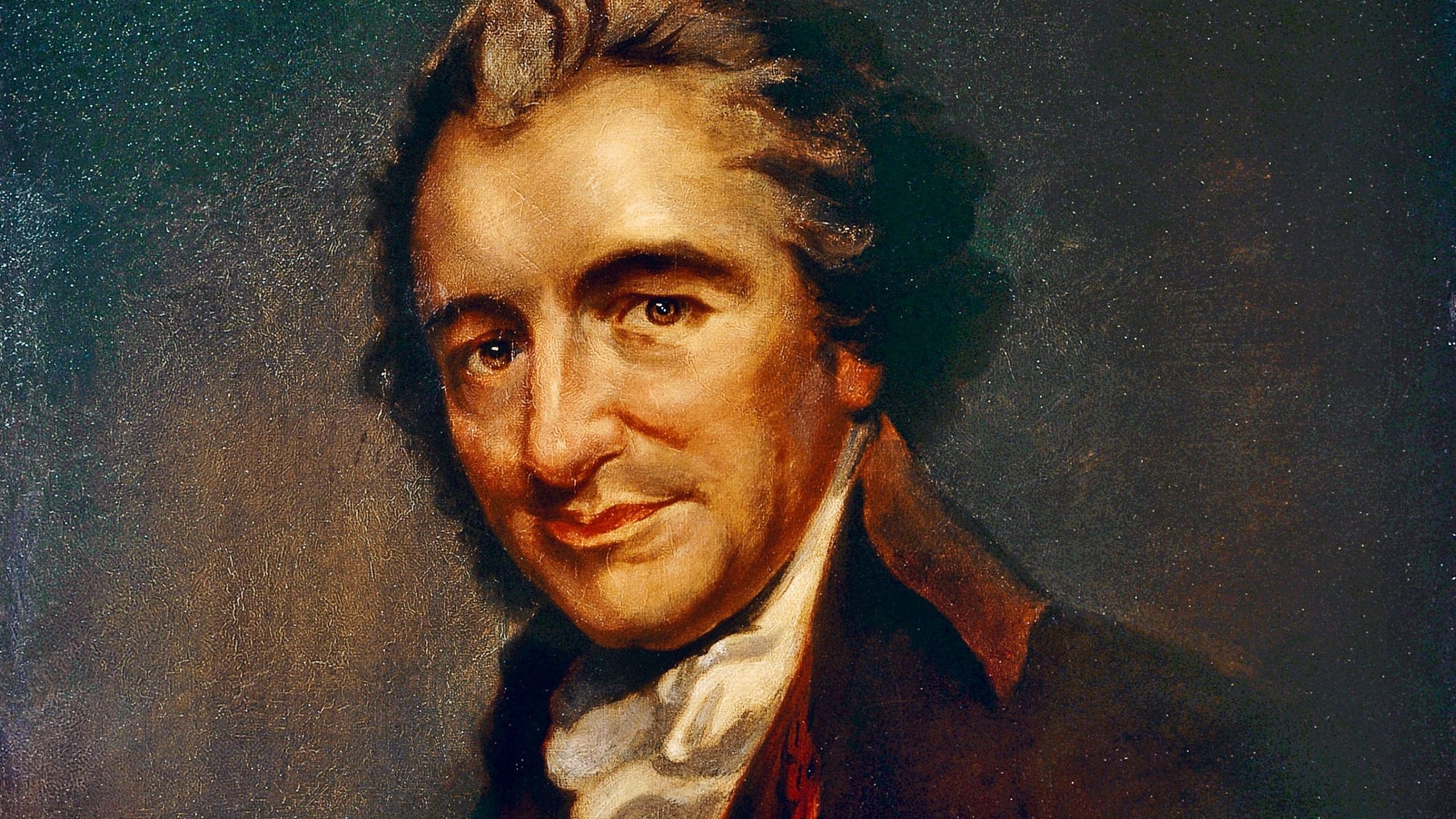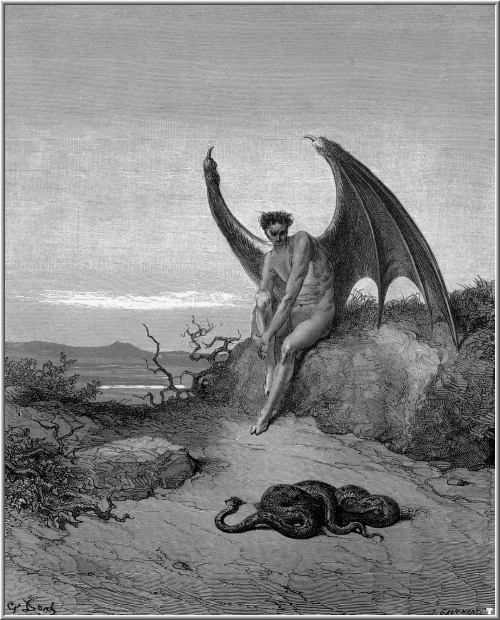One of the first history books I ever read was Fighting the Flying Circus by Eddie Rickenbacker. He was America’s “Ace of Aces” in World War I, flying French bi-planes (since we hadn’t made any in time for the war). My grandad gave me his copy of the book.
It was because of Eddie Rickenbacker I went off on an American history kick I’ve never actually stopped. And all the way up to graduating from high school, I built and painted plastic model airplanes (at .69 apiece) and hung them in my bedroom…never once stopping to consider what things I could learn if I sniffed the glue.

We had an old “Peoples Encyclopedia” set sold to us by a door-to-door salesman, and from that set I could read up on World War I, long before I ever really cared about the Founders outside of Washington and Jefferson. All that came later.
But it was Eddie Rickenbacker that put me on the quest for asking questions…about How Things Worked in history.
You see, he was still active in World War II, when touring in 1942 the B17 he was flying literally ran out of gas and ditched in the Pacific, leaving the survivors to float alone on a raft for 24 days, and going without food or water for eight days. A seagull saved them, which they ate and used as bait, to live until the were found. And of course, Eddie wrote a second history, only about survival, and never giving up, Seven Came Through, with a different message.
Then yesterday a friend emails me this story about Eddie in his later years in Florida.
It happened every Friday evening, almost without fail, when the sun resembled a giant orange and was starting to dip into the blue ocean.
Old Ed came strolling along the beach to his favorite pier. Clutched in his bony hand was a bucket of shrimp. Ed walks out to the end of the pier, where it seems he almost has the world to himself. The glow of the sun is a golden bronze now.
Everybody’s gone, except for a few joggers on the beach. Standing out on the end of the pier, Ed is alone with his thoughts…and his bucket of shrimp.
Before long, however, he is no longer alone. Up in the sky a thousand white dots come screeching and squawking, winging their way toward that lanky frame standing there on the end of the pier.
Before long, dozens of seagulls have enveloped him, their wings fluttering and flapping wildly. Ed stands there tossing shrimp to the hungry birds. As he does, if you listen closely, you can hear him say with a smile, ‘Thank you. Thank you.’
In a few short minutes the bucket is empty. But Ed doesn’t leave.
He stands there lost in thought, as though transported to another time and place.
When he finally turns around and begins to walk back toward the beach, a few of the birds hop along the pier with him until he gets to the stairs, and then they, too, fly away.
And Old Ed quietly makes his way down to the end of the beach and on home.
If you were sitting there on the pier with your fishing line in the water, Ed might seem like ‘a funny old duck,’ as my dad used to say. Or, to onlookers, he’s just another old codger, lost in his own weird world, feeding the seagulls with a bucket full of shrimp.
To the onlooker, rituals can look either very strange or very empty. They can seem altogether unimportant … Maybe even a lot of nonsense.
Old folks often do strange things…at least in the eyes of Boomers and Busters.
Most of them would probably write Old Ed off, down there in Florida.
That’s too bad. They’d do well to know him better.
Now you know the rest of the story, thanks to Max Lucado
His full name: Eddie Rickenbacker. He was a famous hero in World War I, and then he was again in WWII. On one of his flying missions across the Pacific, he and his seven-member crew went down. Miraculously, all of the men survived, crawled out of their plane, and climbed into a life raft.
Captain Rickenbacker and his crew floated for days on the rough waters of the Pacific. They fought the sun. They fought sharks. Most of all, they fought hunger and thirst. By the eighth day their rations ran out. No food. No water. They were hundreds of miles from land and no one knew where they were or even if they were alive. Every day across America millions wondered and prayed that Eddie Rickenbacker might somehow be found alive.
The men adrift needed a miracle. That afternoon they had a simple devotional service and prayed for a miracle. They tried to nap. Eddie leaned back and pulled his military cap over his nose. Time dragged on. All he could hear was the slap of the waves against the raft…
Suddenly, Eddie felt something land on the top of his cap.
It was a seagull!
Old Ed would later describe how he sat perfectly still, planning his next move. With a flash of his hand and a squawk from the gull, he managed to grab it and wring its neck. He tore the feathers off, and he and his starving crew made a meal of it – a very slight meal for eight men. Then they used the intestines for bait. With it, they caught fish, which gave them food and more bait . . . And the cycle continued. With that simple survival technique, they were able to endure the rigors of the sea until they were found and rescued after 24 days at sea.
Eddie Rickenbacker lived many years beyond that ordeal, but he never forgot the sacrifice of that first life-saving seagull… And he never stopped saying, ‘Thank you.’ That’s why almost every Friday night he would walk to the end of the pier with a bucket full of shrimp and a heart full of gratitude..
Reference:
(Max Lucado, “In The Eye of the Storm”, pp..221, 225-226)




